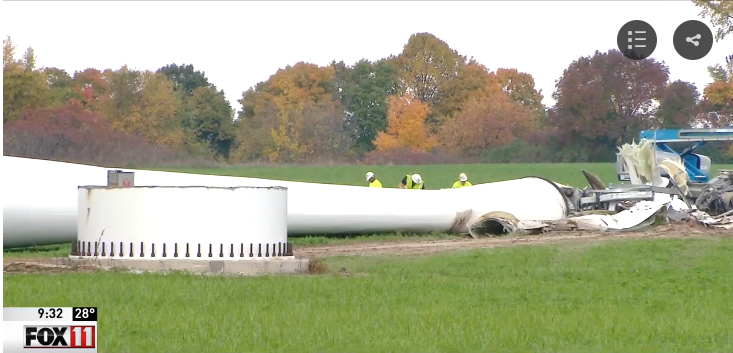Throwing shade at the solar pathways analysis: 70 percent solar and wind would require we build 6 to 11 more capacity than nuclear would require: At a massive cost
Renewable energy advocates have been trumpeting the findings of the Solar Pathways Analysis (SPA) that claims solar power can not only meet 70 percent of Minnesota’s energy demand, but it can also do it affordably. However, this type of thinking requires a gold medal in mental gymnastics.
It’s time to throw some serious shade at the SPA for being a shoddy work of scholarship. For the purposes of this article, it’s helpful to understand that a gigawatt (GW) is the equivalent of 1,000 megawatts (MW) and 1,000,000 kilowatts (kw).
First off, the SPA says we can achieve a grid powered by 70 percent renewable energy in 2050 if we (ONLY!) build between 14 gigawatts and 22 GW of solar power, 12 GW to 22 GW of wind power, between 4 GW and 25 GW (16 GWh to 50 GWh) of storage, and 8 GW to 9 GW of other generation.
This means Minnesota would have a minimum of 38 GW of generation and storage capacity on the system, and a maximum of 78 GW for the privilege of getting 70 percent of our electricity from renewables. For context, Minnesota currently operates 16 GW of generation capacity, which is actually a lot more than we need.
The reason we have “overbuilt” the grid is because we have added intermittent sources like wind and solar that only produce electricity when the weather cooperates, but we still need coal and natural gas plants to be available to produce electricity when the sun isn’t shining and the wind isn’t blowing. This is why we can’t simply shut down coal or natural gas plants just because we have built wind turbines.
The graph below shows the capacity factors of each generation source in Minnesota in the year 2017.

Essentially, we have spent more than $15 billion dollars on energy sources we can’t even count on. Which is why our electricity prices have been steadily rising since 2007.
In contrast, if we wanted to generate the same amount of electricity using nuclear power we would only need 6.2 GW of capacity because nuclear power generates 90 to 95 percent of its potential. By recommending we build 38 to 78 GW, the SPA is recommending we build six to eleven more capacity than we would need to meet 100 percent of our state’s electricity needs with an energy source that does not emit carbon dioxide.
This massive overbuild comes with an enormous price tag. Using assumptions from the Energy Information Administration, the cost of installing solar is approximately 2,105 per kilowatt (kw), wind costs 1,657 per kw, and nuclear has a cost of 5,946 per kw. There are 1,000,000 kilowatts in a gigawatt, so multiplying these numbers by one million gives us the cost per gigawatt. Multiplying the cost per gigawatt by the capacity needed will give us the cost of building the wind, solar, or nuclear capacity.
Now, let’s do the math.
Going nuclear for 100 percent of our in-state electricity generation would take 6.2 GW. This would cost $36.9 billion. This is a lot of money, but nuclear power plants are licensed for 40-year increments and can be relicensed in 20-year increments thereafter.
Installing 14 GW of solar would cost $29.5 billion, and this is the low-end estimate. Installing 22 GW would cost $46.3 billion, which already eclipses the total cost of generating 100 percent of our electricity from nuclear power. But wait, there’s more.
Installing 12 GW of wind would cost $19.9 billion and 22 GW would cost $36.5 billion, and remember, wind turbines only last for 20 years.

This means costs for solar and wind would eclipse $49.4 billion on the low end, and 82.8 billion on the high end to provide only 70 percent of our electricity. The remaining 30 percent of electricity generation would probably come from natural gas, meaning not only are wind and solar much more expensive than nuclear power, but it would also have higher CO2 emission relative to a world where we generated 100 percent of our in-state electricity from nuclear power.
Natural gas or coal would be much less expensive than either of these options and in my opinion, we should continue to use them until they are no longer the most cost-effective means of generating electricity.
However, the fact that nuclear power would be more effective at reducing emissions and be far less expensive, yet it is still illegal to build new nuclear power plants in Minnesota is a powerful sign that renewable energy advocates don’t really care about reducing emissions or keeping costs as low as possible.